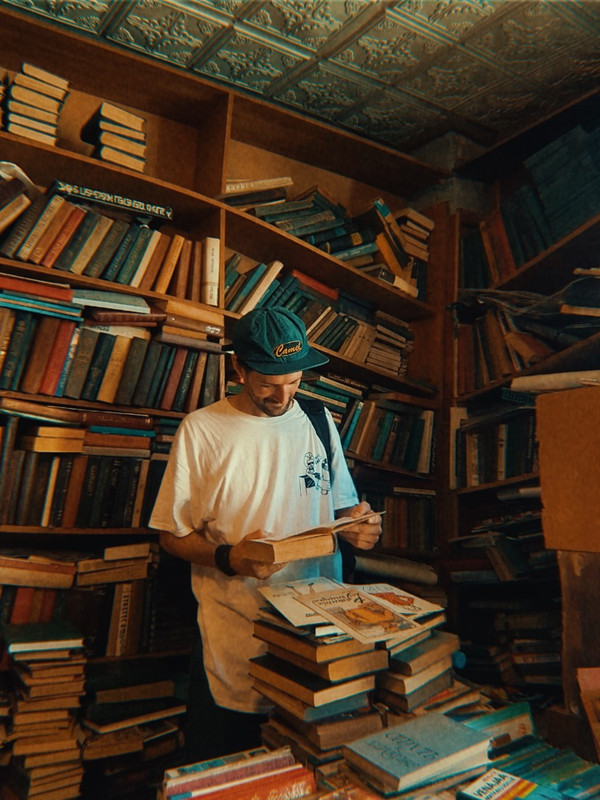TBILISI
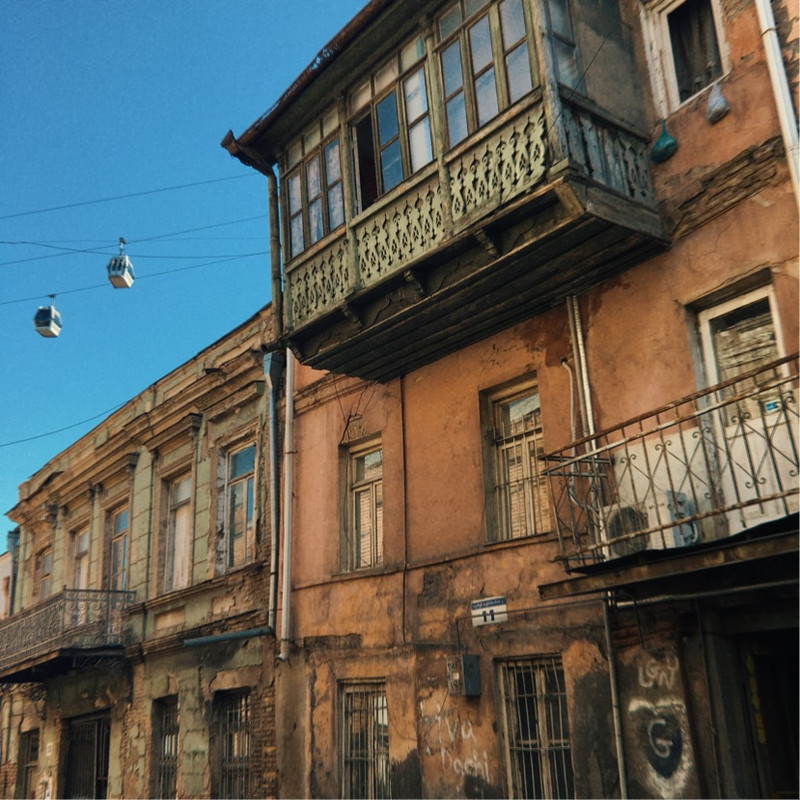
I first went to Tbilisi in 2014. It seemed like a city preparing for change. Its unique and beautiful architecture was crumbling to pieces whilst ambitious new construction in the form of public gardens, cable cars and an enormous modern exhibition hall signalled to the world that Georgia was the next big travel destination. But for all the preparation, change hadn’t really happened. Tourists were still a little thin on the ground and the sleek silver facade of the exhibition hall was just that - a facade. Inside, it was completely empty as if permanently under construction. At the time, it had all the hallmarks of a struggling government trying to impress - a civic white elephant in the making.
But there was something amazing bubbling under the surface. In this state of flux, young Georgians were crafting Tbilisi in their own image. The art scene was growing, with cool galleries popping up in semi-abandoned buildings, and the tell-tale influx of trendy bars and coffee shops hinted at the city’s potential. In short, it was a great time to be there and I couldn’t wait to go back.

So this year, as well as catching up with friends I’d made on my first visit and seeing parts of the country I’d missed previously, I wanted to see how things had moved on. Whilst the big exhibition hall is the same, I’m happy to report that the rest of the capital is thriving. It’s become the hip destination it always promised to be. But I’m also glad to say that the old original parts of the city remain - including its fantastic sprawling flea markets.
Tbilisi has one in particular that is well known to travellers to the region. Dry Bridge Market, as the name suggests, begins on a bridge with street vendors lined on either side hunched over blankets strewn with wares, and spreads to encompass an entire park and all the surrounding streets. You can find a bit of anything here from rusty old alarm clocks and tools to rare coins, cool old photos and soviet memorabilia.

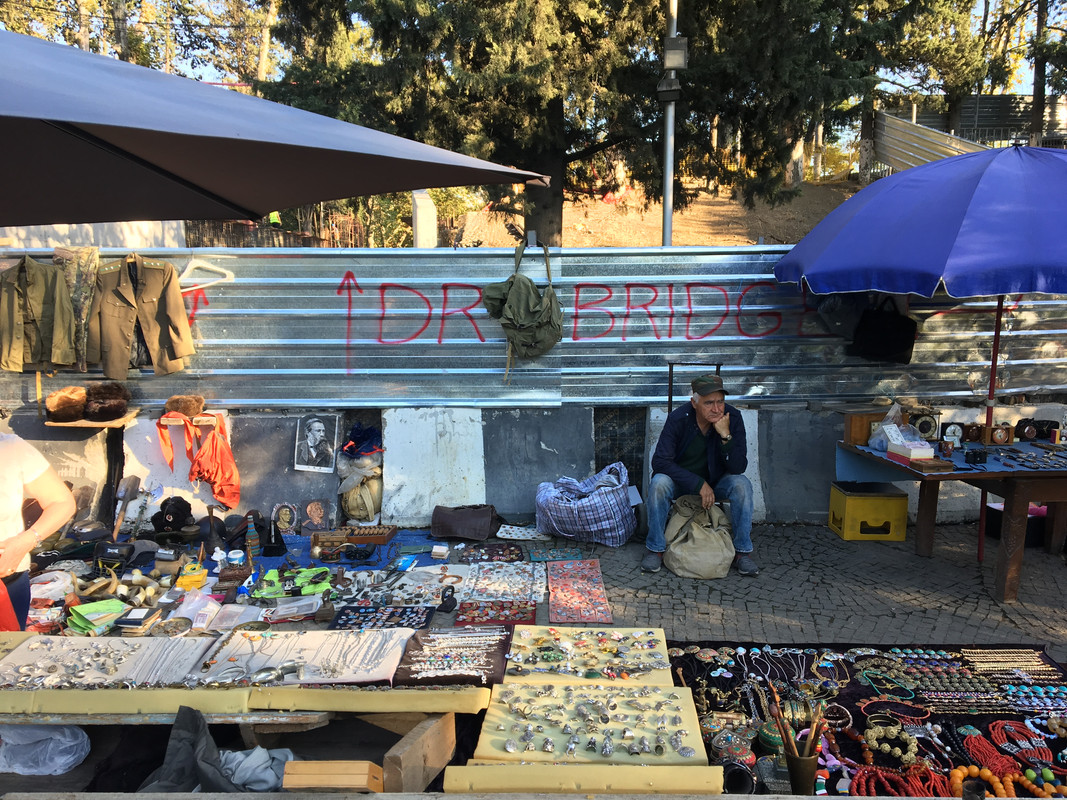
By far my favourite aspect of Dry Bridge is the vendors’ use of their cars as the stall table. They simply park up and cover the bonnet, roof and boot (hood and trunk to the American English readers) in items - everything from vintage cameras, paintings, toys, even the occasional gramophone.
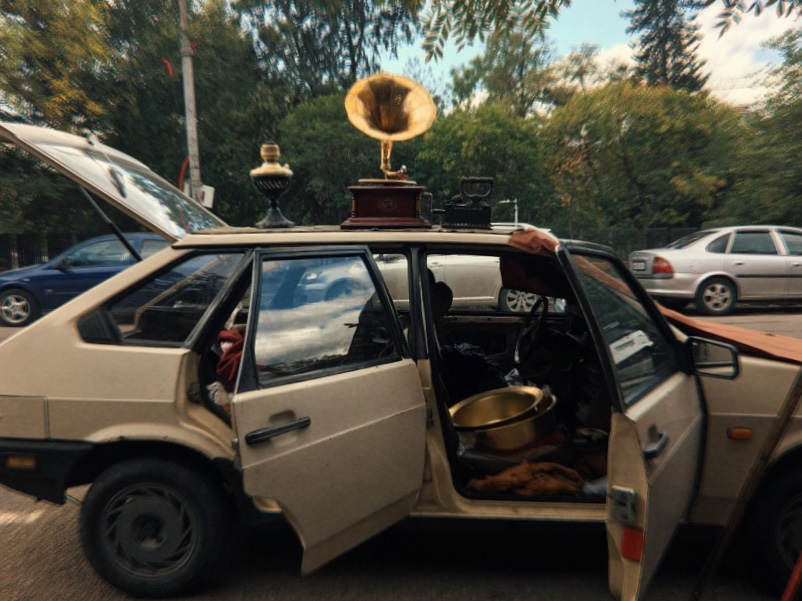
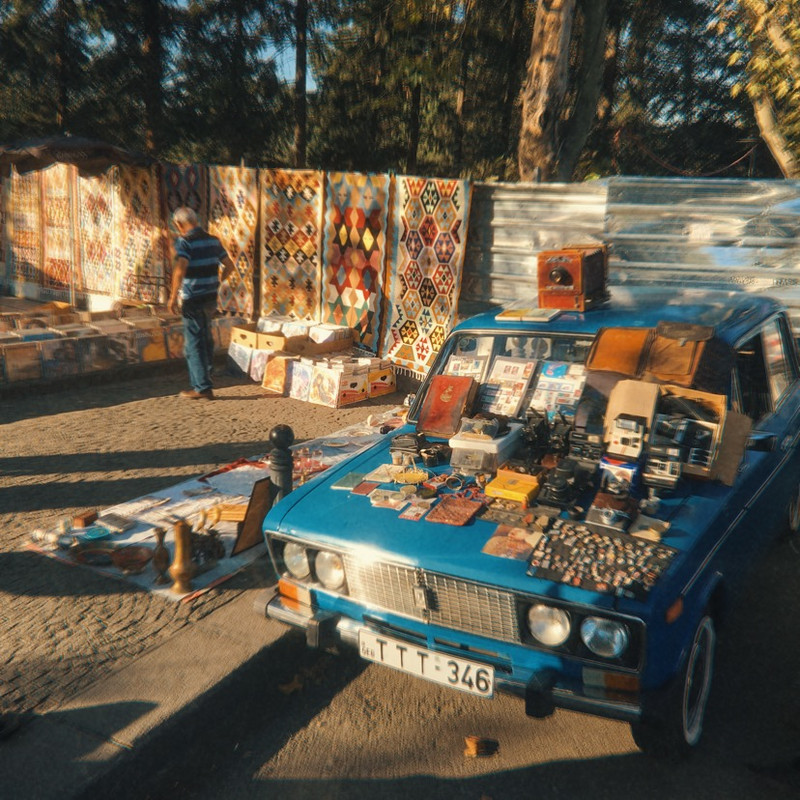

Since the boom in tourists a couple of years ago (yes, that change finally happened - Tbilisi’s on the map!) there’s a lot more business and there are less bargains than before. The prices pretty much reflect eBay. But that in no way detracts from how wonderful and unique the things you find can be. This beautiful 1950s film camera and tripod was getting a lot of attention (rightly - it could have easily been in a museum!) and was gone by the time I walked back.
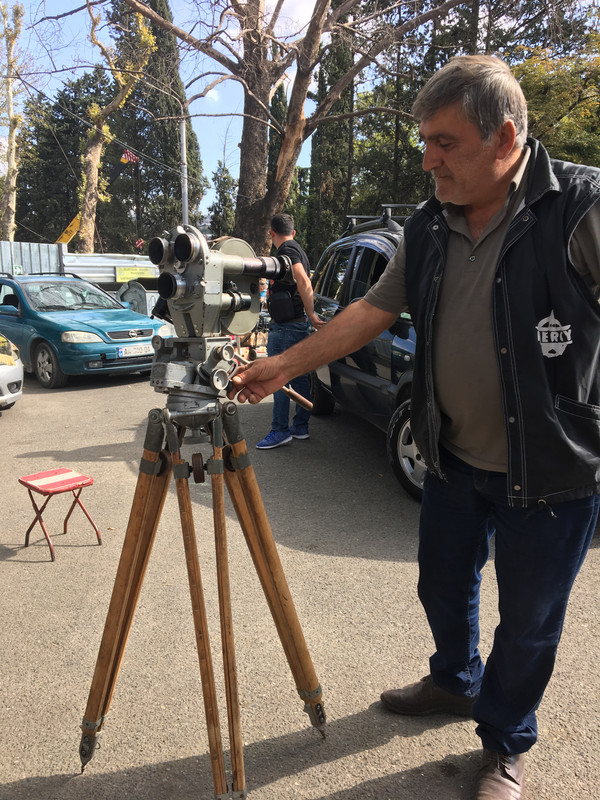
As a graphic design junkie, I was stopped in my tracks by some stunning Soviet movie posters but in the end I picked up a much cheaper and smaller item. Chinese postage stamps from 1956. I really love the detailed illustration and style but the colours clinched it for me - what a palette!
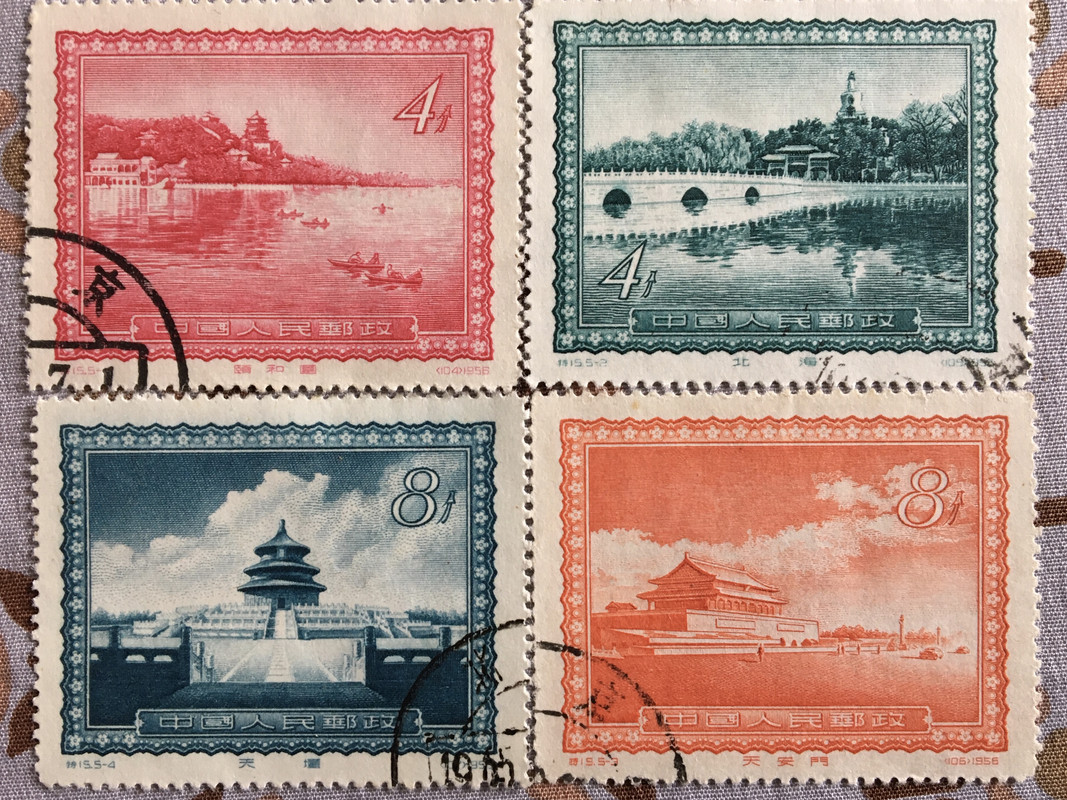
All in all though, it was the books. Ah, the books. There are tonnes and tonnes and tonnes of used books, and Georgia is cool because it has its own language with its own unique alphabet so the book covers and typography are awesome.


I can’t wait to go back again!!
